Intelligent Healthcare Information Integration 11/28/09
Announcing Peihcud: The EHR You’ve Been Waiting For!
Pre-Egged, iHipped, Cracked-up, and Droided
Boy, don’t I wish! Didn’t mean to get anyone’s hopes all atwitter with that brazen and completely fallacious pronouncement, but man, oh man, do I want to be able to see a similar such proclamation someday soon.
After playing with any of these little “smart phones” for any length of time, it’s getting pretty obvious that prolonging the “phone” part of the name is just legacy respect for their origins. They are pocket brains (PBs) that are smarter, faster, slicker, and way more everyday useful than any desktop, laptop, or netbook will ever be. Don’t get me wrong: I love my other systems. They have abilities and functionalities which will likely be difficult to soon replicate in any handheld. (Soon as I say that, you just know the next cool app genius or PB hardware savant will prove me wrong!)
But, for day-to-day, moment-to-moment, real life, “isn’t this how I’ve always wanted to be able to access info in my own poorly structured head usefulness”, there is nothing comes anywhere close to a highly-apped, fully-tweaked PB. You can get to what you need quickly, find what you want at will, share and connect, and entertain yourself ad nauseum. Plus, at least with my little Pre, reboots for any little Ghost in the Machine glitches take about a twentieth the wait time of my bigger toys.
Strikes me that all this tweakablity, all this rapidity of information gathering, incorporation, and integration into my daily life decisions is just exactly the prescription any doctor wants to fill for his or her next EHR.
Give me a basic tool that I can app. Give me a few data entry options for notes, allergies, medications, diagnoses, and demographics. Maybe scheduling, too. Then let me app it to my little heart’s content.
I want to ePrescribe? App. As a pediatrician, I need weight-based dosing with most encounters? App. I need to track multiple kids in a single family with multiple last names? App. I need to search for the insurance guarantor for divided familes? App. I want to search the AAP’s Redbook, Medline, or eMedicine for info on the differential diagnosis head-scratcher du jour? App. I have multiple offices and want to see who is in what rooms and waiting how long? App, maybe two. I want to pull up a Blaussen video to educate a new-onset asthmatic teenager about the disease in a short format that might actually present info to him in a way his now video-and-sound-bite focused brain might actually wrap around? App.
App happy? Yap … er, yep, I suppose I am. But, Heavens to Murgatroyd, Myrtle, these little PBs are so daggone end-user friendly! The app building to create a total tool that suits me to a “T” is just what the doctor ordered. I think the masses of yet pen and paper-based docs need just such a way to comfortably stick their toes into the digital waters, easing their way in to the silky swim of advanced information integration at their own “app”licable pace.
I know, I know. I’m underestimating. Healthcare IT is way too complicated for such a Keep It Stupid Simple approach. But, being of a John Gallian bent (and not just because he’s a retired pediatrician), I firmly believe in his diktat that, “A complex system that works is invariably found to have evolved from a simple system that worked.”
My apped-up Pre works, though it sure didn’t spring forth from some megasystem, do-all-things-for-everybody master plan. It grew, it evolved, from basic beginnings. Indeed, when Lars Magnus Ericsson first installed a telephone in his car in 1910, I can guarantee he never thought it would lead to me downloading a fully functional 45 language translator in less than a minute enabling a conversation about breastfeeding with a new Ukrainian mom who doesn’t speak a lick of American, but who sure smiled when she was able to receive the doctor’s guidance in her own native tongue.
From the trenches…
“It’s kind of fun to do the impossible.” – Walt Disney

Dr. Gregg Alexander is a grunt-in-the-trenches pediatrician and geek. His personal manifesto home page…er..blog…yeh, that’s it, his blog – and he – can be reached through http://madisonpediatric.com or doc@madisonpediatric.com.



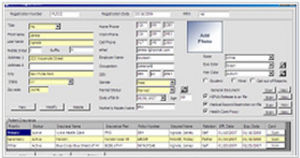


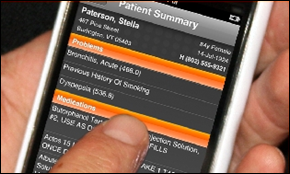
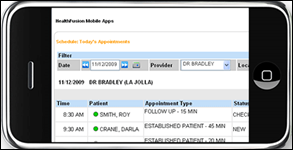


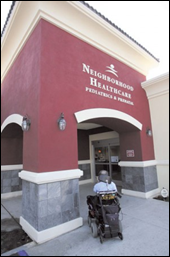

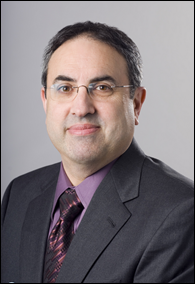

The article about Pediatric Associates in CA has a nugget with a potentially outsized impact: the implication that VFC vaccines…